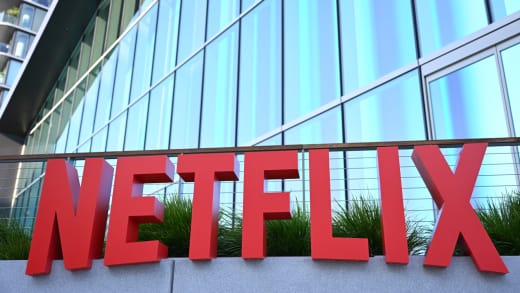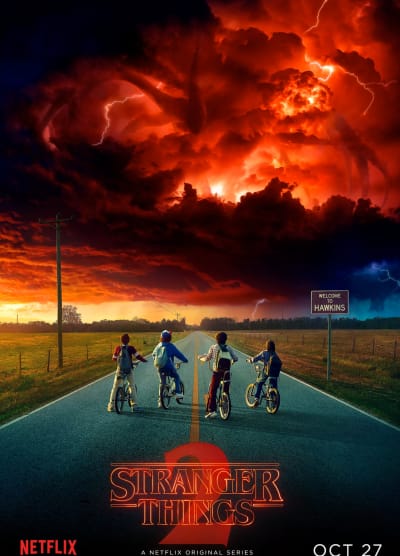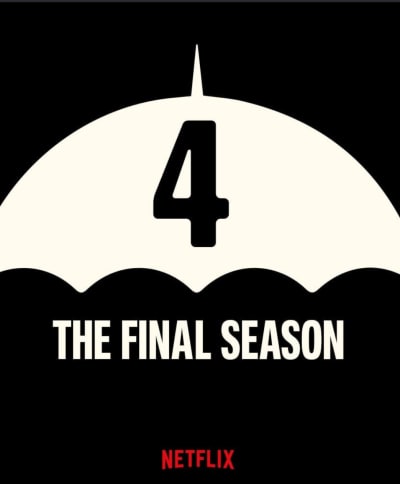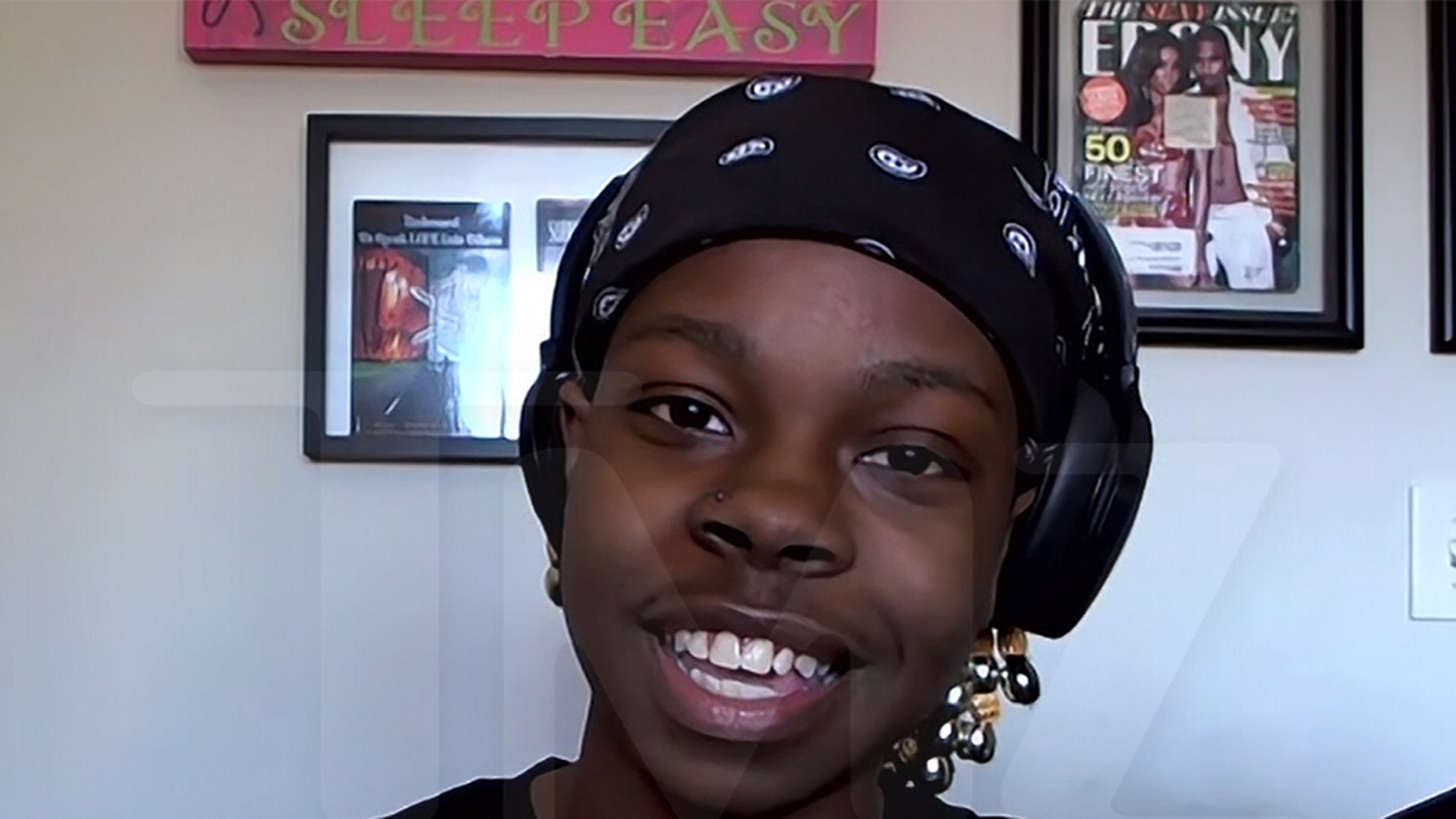Netflix isn’t just known for cancellations, especially in recent years.
It’s also the reigning champion of spontaneous cancellations, catching fans off-guard and delivering some real gut punches.
Some refer to it as a cancellation loop, and it’s making viewers wary of investing their time and subscription money on new and exciting shows.

Netflix is dealing with the self-inflicted wounds that come with popular shows, forcing them into an endless loop that’s not based on reality but perception.
It’s also changing successful, tried-and-true storytelling formulas and driving creators to other streaming platforms so their product stands a chance at longevity.
To be fair, this is not unique to Netflix, especially as other streaming platforms continue to grow.
But Netflix is the OG with the most shows and brand recognition.
Because of that, the damage to the brand from especially infamous cancellations feels more extensive to fans.

The Pattern of Cancellation
In the past, popular shows would go viral, quickly jacking up viewership.
People would binge the show, talk about it, recommend it, and the numbers would soar.
However, Netflix canceled one too many over time, creating the perception that any show, regardless of popularity, could be on the chopping block.
These Cancellations Still Haunt Us
Now, instead of jumping all over the next big thing, potential viewers are content to wait and see how the show fares over time.
Unfortunately, Netflix sees this as a lack of interest in the show and gives it the ax.
It creates the impression that Netflix wants mass viewership immediately, and anything less simply won’t cut it.

On the bright side, several popular shows are returning in 2024 and 2025, including Arcane, Squid Game, Stranger Things (final season), Sweet Tooth, Love, Death and Robots, Castlevania: Nocturne, and Cobra Kai.
With nearly half of 2024 already over, dozens of shows are still set to release.
The only concern is how many people will watch and how many will sit on their hands, anticipating the show’s fate.
Netflix Follows the Binge Model Religiously
That’s an educated guess since Netflix doesn’t spend much time releasing deep-dive data for us to peruse.
The model is simple: Netflix releases a show, and people watch the show.
If there aren’t enough butts in seats after a month or so, the show may get the ax.

The sad part is that it doesn’t matter how many awards the show wins, how many top-notch reviews pop up on Tomatometer, or even if the show sits in Netflix’s top spot for a while.
If the show is not a nuclear explosion of viral excitement, it’s in danger.
This perpetuates the loop in which Netflix now finds itself.
Why would I invest in anything remotely interesting on Netflix if it might get the ax because it had 80 million viewing hours in week one instead of 500 million?
5 Spinoffs That Never Made It To Air
Mindhunter, Shadow and Bone, Lockwood & Co., and 1899 are prime examples. None of these shows were unpopular, highly unlikable series.
They weren’t explosive enough for Netflix’s taste, especially within their first month.
“Completion Rate” is another issue that Netflix seems to favor strongly.
If there are 10 episodes and you watch 8 before getting distracted by another show for a week or two, that’s not a positive look from Netflix’s PoV.

They want completion, and they want it within a month.
The cost to produce the show is certainly a factor, but it’s only important as an association with the binge model.
The Ripple Effect
Netflix’s propensity for canceling anything and everything we don’t sit and watch immediately, all the way through, causes a negative ripple effect.
The first is obvious. Fewer people are likely to invest in shows on Netflix because of the fear that Netflix will cancel them.
Netflix makes no bones about it, regardless of exciting cliffhangers and audience pleadings.
Cliffhangers That Made Our Jaws Drop to The Floor
They are just as likely to cancel a show after a brutal season 3 cliffhanger as they are a slow-burning season 1.
Imagine the cliffhanger from Severance (Apple TV+) being the last scene you see from that show. Ever.
There was a collective meltdown after Lockwood & Co.’s announced cancellation, and it was a real head-scratcher.

Lockwood & Co. had a solid completion rate, with nearly 80 million viewing hours in three weeks.
And it remained in the top 10 for three weeks straight.
However, there was a residual decline in viewership week after week, enough for Netflix to cut its knees out from under it.
Another ripple effect is in the way series are made.
It’s hard to blame creators for taking their projects elsewhere or only developing a limited, one-season-run storyline for Netflix.
There might be fewer cliffhangers, as well. It wouldn’t be surprising to see fewer cliffhanger-type endings in the future.
The odds are too high that Netflix will cancel it, and no one will ever get a resolution.
The Future of Netflix Originals

Though Netflix is not immune to the “peak TV” woes faced by other major streaming networks, it fared much better in the short and long term.
In fact, Netflix spent a cool $17 billion on original programming in 2024.
Now, it remains to be seen how much of that stuff ends up being canceled a month into release.
Streaming is Dominated by a Handful of Shows. Is There Any Room For Smaller Players?
The 3 Body Problem performed well enough in its first season to merit a second, while Cobra Kai will wrap things up this year with a series finale.
Originals are definitely coming to Netflix despite the drop in original content across the board.
It’s easy to blame Netflix for the seemingly knee-jerk cancellations, but the brand remains at the top of the industry.
On the flip side, Netflix cut well over a hundred shows at the beginning of 2024, so there is simultaneous growth and reduction. It all adds up to a rollercoaster ride for fans of Netflix originals and Netflix in general.

The Evolving Landscape at Netflix
One thing is for certain, Netflix is still the top dog.
As such, the business model is not likely to change anytime soon.
There’s a reason Neil Gaiman urged viewers to watch every Sandman episode within a month.
He’s well aware of Netflix’s careful study of series completion within the first month of release.
Even an enormously popular franchise is not immune to Netflix’s bloodthirsty retribution if fans aren’t binge-watching it in a hurry.
“Sandman is a really expensive show. And for Netflix to release the money to let us make another season we have to perform incredibly well,” Gaiman tweeted in 2022.
“So yes, we’ve been the top show in the world for the last two weeks. That still may not be enough.

Sandman did phenomenally well on Netflix, yet fans were super worried about the future of season 2. This shows the kind of stress and angst Netflix’s methodology creates with fans of its shows.
Officially, Netflix renewed 16 shows in 2024, including the 3 Body Problem, and canceled 4, including Obliterated and Ratchet.
Several popular shows, including Sweet Tooth, Vikings: Valhalla, The Umbrella Academy, Stranger Things, Cobra Kai, and Elite, will conclude with a series finale in 2024.
The series of conclusions is the hardest to stomach and will be missed.
Next time you subscribe to Netflix, remember the brand’s completion analysis. If you love the show, you better watch all of it quickly.
If not, you won’t likely see it again.
What do you think about Netflix’s cancel-happy business model and does it make you more or less likely to watch new shows on the platform?
Let us know what you think in the comments!
Thomas Godwin is a staff writer for TV Fanatic. You can follow him on X
































































![“Night Springs” Expansion for ‘Alan Wake II’ Coming in 24 Hours [Trailer] “Night Springs” Expansion for ‘Alan Wake II’ Coming in 24 Hours [Trailer]](https://i0.wp.com/bloody-disgusting.com/wp-content/uploads/2024/06/nightsprings.jpg?resize=830,535&ssl=1)













